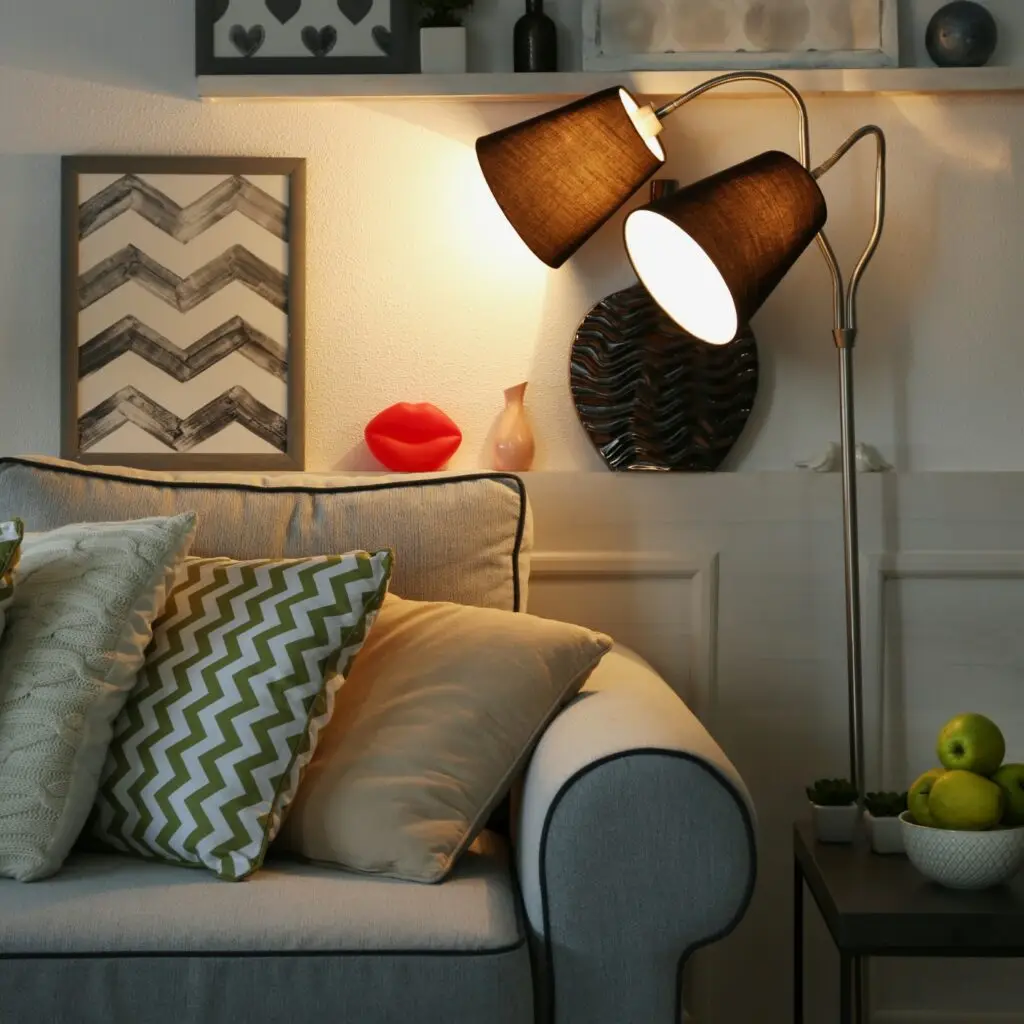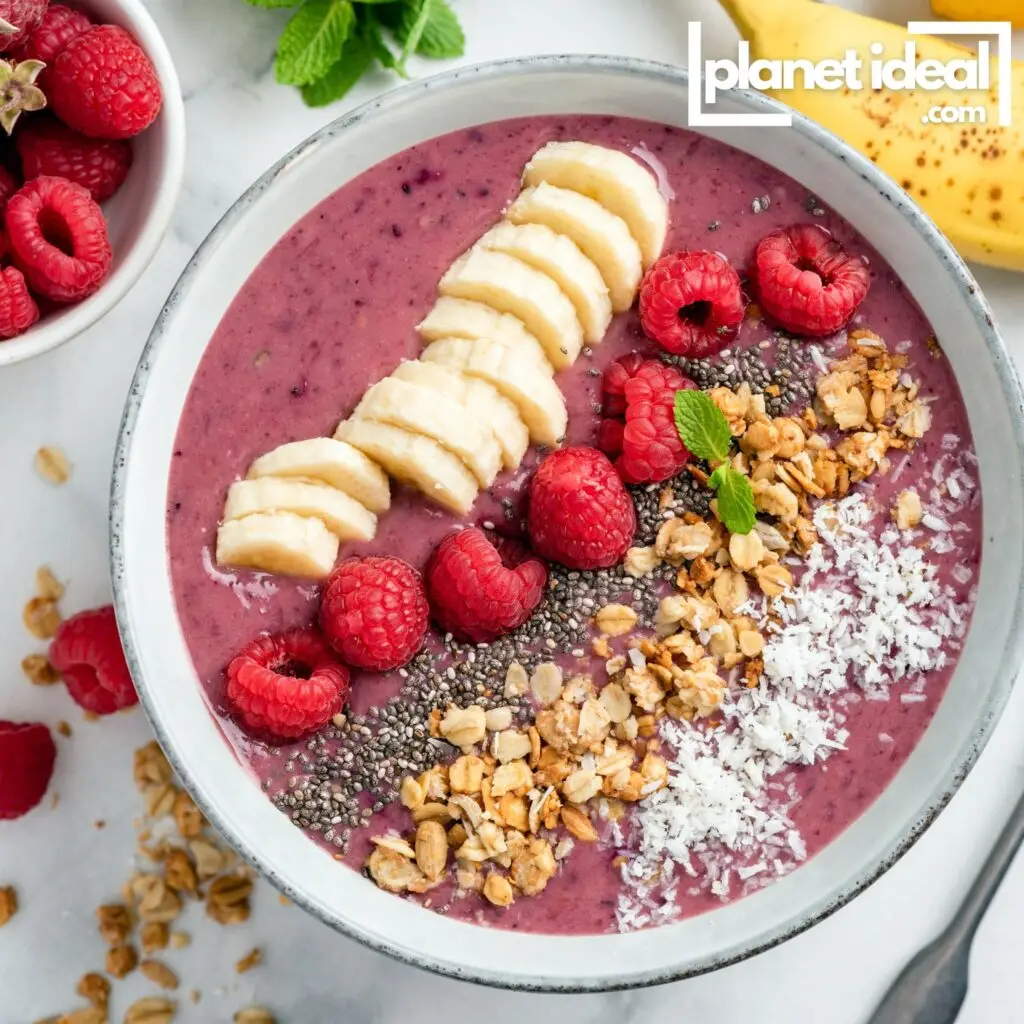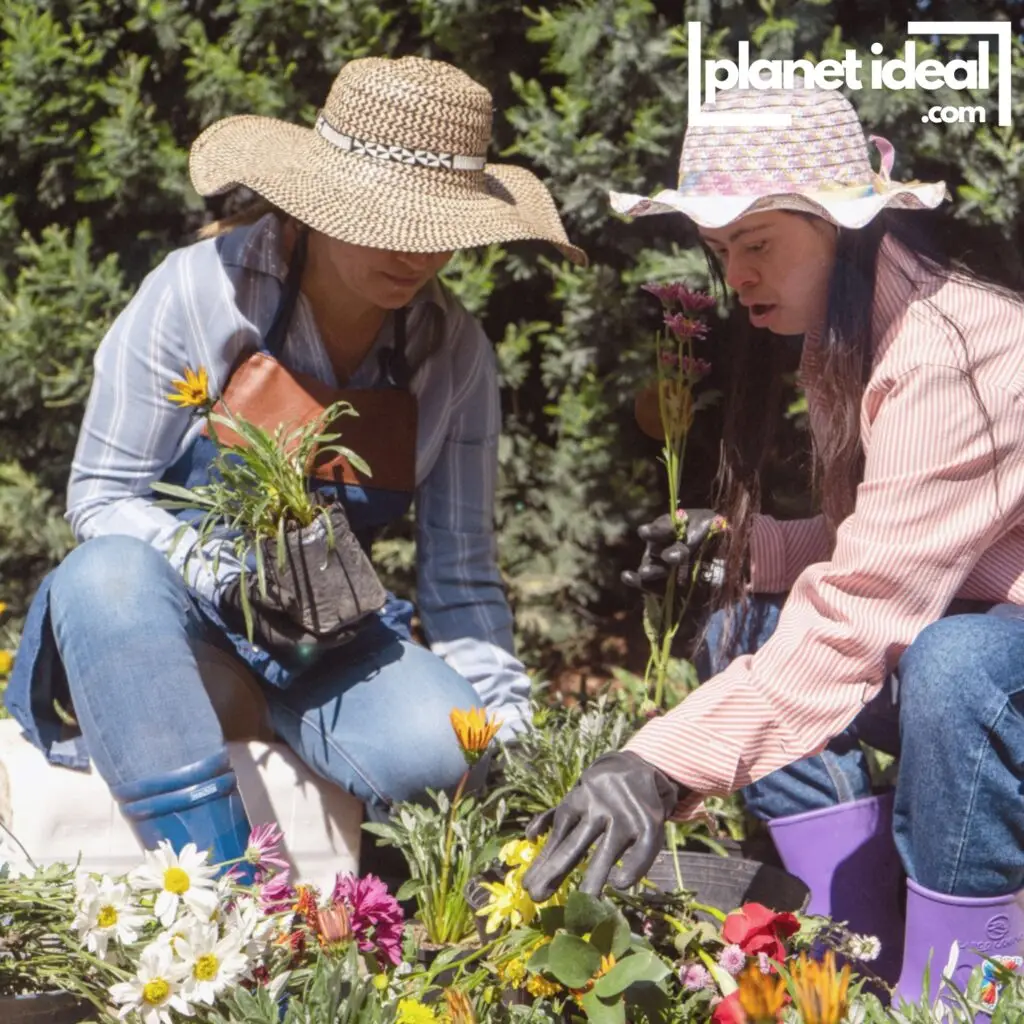In today’s fast-paced world, it’s easy to feel overwhelmed, rushed, and disconnected from what truly matters. We’re constantly juggling responsibilities, consuming on autopilot, and rushing through life without taking a moment to pause. Enter slow living: a lifestyle that encourages mindfulness, intentionality, and a deeper connection with the world around us.
Slow living isn’t just about taking things at a leisurely pace—it’s about living more sustainably, reducing unnecessary consumption, and prioritizing quality over quantity. This approach not only improves your mental well-being but also aligns beautifully with an eco-friendly lifestyle. Let’s explore how you can embrace slow living to create a more balanced, fulfilling, and environmentally conscious life.
Table of Contents
ToggleWhat Is Slow Living?
Slow living is a philosophy that encourages us to slow down, be present, and live intentionally. It’s about focusing on the things that truly matter—relationships, well-being, and sustainability—while letting go of the unnecessary rush and clutter of modern life.
Core Principles of Slow Living:
- Intentionality: Making mindful choices about how you spend your time and resources.
- Simplicity: Decluttering your schedule, home, and mind to create space for what matters.
- Connection: Deepening your relationship with yourself, others, and the environment.
Slow living doesn’t mean being lazy or unproductive; it’s about being purposeful and present in everything you do.

1. Declutter Your Space and Mind
One of the first steps to embracing slow living is simplifying your environment. Physical clutter can contribute to mental stress, so creating a calm, organized space allows you to think more clearly and focus on what’s important.
How to Declutter:
- Start Small: Focus on one room or category, like your wardrobe or kitchen.
- Use the “One In, One Out” Rule: For every new item you bring into your home, let go of an old one.
- Donate or Recycle: Instead of throwing items away, give them a second life by donating or recycling.
Decluttering is not just about aesthetics—it’s about reducing waste, consuming less, and living with intention.

2. Embrace Sustainable Consumption
Slow living naturally aligns with eco-friendly habits, as it encourages us to buy less and choose quality over quantity. By consuming mindfully, you reduce waste and support a more sustainable lifestyle.
Tips for Sustainable Consumption:
| Traditional Practice | Slow Living Alternative |
|---|---|
| Buying fast fashion | Investing in timeless, sustainable clothing. |
| Opting for convenience foods | Cooking simple meals with local, seasonal ingredients. |
| Impulse shopping | Waiting 30 days before making a non-essential purchase. |
External Link: Check out EarthHero for a curated selection of sustainable products.

3. Slow Down Your Daily Routine
Modern life often feels like a race, but slow living invites us to approach each day with intention. Slowing down doesn’t mean doing less—it means doing things more mindfully and with purpose.
How to Slow Down Your Mornings:
- Start with Gratitude: Take a moment to reflect on three things you’re grateful for.
- Mindful Breakfast: Prepare and savor a healthy, home-cooked meal.
- Limit Technology: Avoid checking your phone or emails first thing in the morning.
By starting your day intentionally, you set a calm and positive tone for everything that follows.

4. Connect with Nature
Slow living encourages us to reconnect with the natural world, reminding us of our responsibility to care for the environment. Spending time outdoors is also a proven way to reduce stress and improve mental clarity.
Ways to Connect with Nature:
- Take a Daily Walk: Even a short stroll in a nearby park can boost your mood.
- Start a Garden: Growing your own herbs or vegetables fosters mindfulness and sustainability.
- Unplug Outdoors: Leave your phone behind and focus on the sights, sounds, and smells of nature.

5. Prioritize Quality Over Quantity
In a society driven by consumption, slow living encourages us to choose fewer, better things—whether it’s clothing, relationships, or experiences.
How to Prioritize Quality:
- Invest in Durable Goods: Opt for well-made, long-lasting items rather than cheap, disposable ones.
- Focus on Meaningful Experiences: Spend your time and money on activities that bring genuine joy, like traveling or spending time with loved ones.
- Strengthen Relationships: Slow living emphasizes meaningful connections over surface-level interactions.

Benefits of Slow Living for You and the Planet
| Benefit | Impact on You | Impact on the Planet |
|---|---|---|
| Reduced Stress | A calmer, more focused mind. | Less pressure on ecosystems due to mindful consumption. |
| Better Health | More time for exercise, cooking, and rest. | Reduced reliance on unsustainable practices. |
| Stronger Relationships | Deeper connections with loved ones. | Encourages community-driven sustainability. |
| Financial Savings | Spending less on unnecessary items. | Reduces waste and resource depletion. |
How to Get Started with Slow Living
| Action | How to Start |
|---|---|
| Declutter your home | Dedicate 15 minutes a day to clearing out clutter. |
| Plan a slow morning routine | Start your day with gratitude or a quiet breakfast. |
| Simplify your schedule | Say no to unnecessary commitments. |
| Adopt eco-friendly habits | Swap single-use plastics for reusables. |
At Planet Ideal, we’re on a mission to make sustainable living accessible for everyone. Our team of eco-enthusiasts writes short, snappy, and easy-to-digest articles designed to inspire real change without overwhelming. From practical tips to innovative ideas, we’re here to prove that living green can be stylish, convenient, and enjoyable. Join us as we empower individuals, families, and communities to embrace eco-friendly lifestyles—one step, one story, and one solution at a time.






